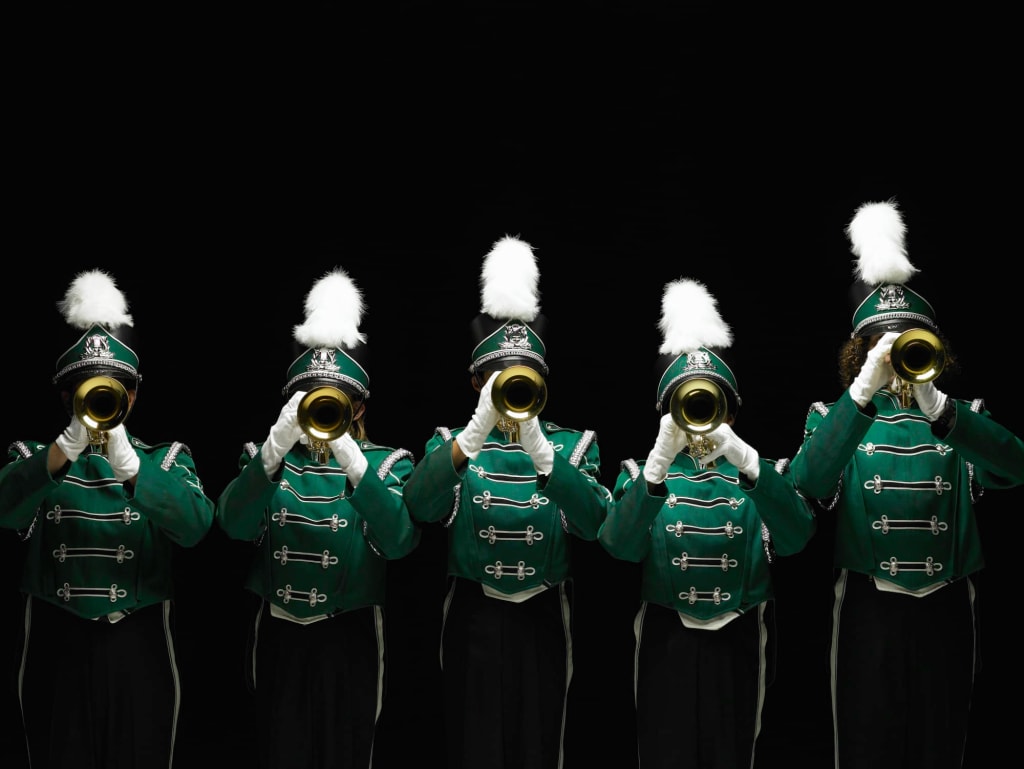Historically Black Colleges and Universities (HBCUs) have a rich tradition of producing some of the most vibrant and dynamic marching bands in the country. These bands are an integral part of the school’s culture and play a significant role in shaping the overall experience for students, alumni, and fans alike.
The legacy of HBCU marching bands dates back to the early 20th century when these schools were established to provide opportunities for African American students who were denied admission to predominantly white institutions. In response to segregation and discrimination, these bands became symbols of pride, unity, and resilience for the black community.
Over the years, HBCU marching bands have become known for their elaborate performances, precision drills, and high-energy routines. These bands have gained national recognition for their innovative style and unique sound, drawing audiences from all over the country to witness their electrifying halftime shows.
One of the most iconic elements of HBCU marching bands is the drumline, which serves as the heartbeat of the band and sets the rhythm for the entire performance. With their intricate cadences and synchronized movements, drumlines showcase the talent and discipline of the band members, who spend countless hours practicing and perfecting their craft.
In addition to the drumline, HBCU marching bands are also known for their dazzling flag twirlers, majorettes, and dancers, who add an extra layer of excitement and entertainment to the performances. These performers bring a sense of grace, elegance, and showmanship to the field, captivating spectators with their skill and precision.
Beyond their entertainment value, HBCU marching bands play a crucial role in preserving and celebrating the cultural heritage of the black community. Through their music, choreography, and symbolism, these bands pay homage to the rich history and traditions of African American culture, while also serving as a platform for artistic expression and creativity.
For many students, participating in a HBCU marching band is not just a extracurricular activity – it’s a way of life. Band members form strong bonds with their fellow musicians, mentors, and alumni, creating a sense of camaraderie and belonging that extends far beyond their college years.
The influence of HBCU marching bands has also transcended the campus walls, inspiring other marching bands and musicians across the country to adopt their style and incorporate elements of their performances into their own routines. From the iconic dance moves to the infectious drum beats, the impact of these bands can be seen and heard in popular culture and music today.
In conclusion, the legacy and culture of HBCU marching bands are a testament to the power of music, unity, and tradition. These bands not only entertain and inspire audiences with their electrifying performances, but they also serve as ambassadors of black excellence, resilience, and creativity. As we celebrate the rich history and contributions of HBCUs, let us also recognize and honor the legacy of their marching bands, whose spirit and energy continue to uplift and inspire generations to come.
